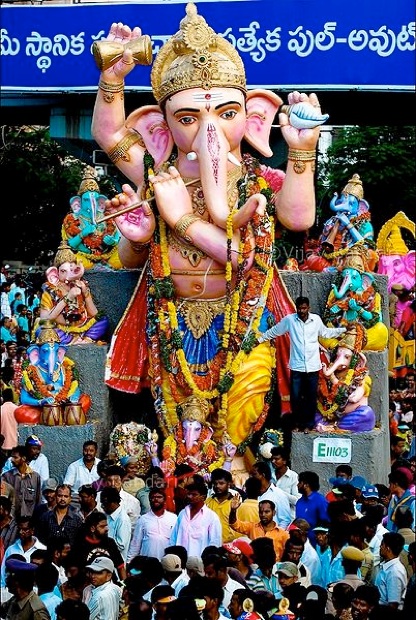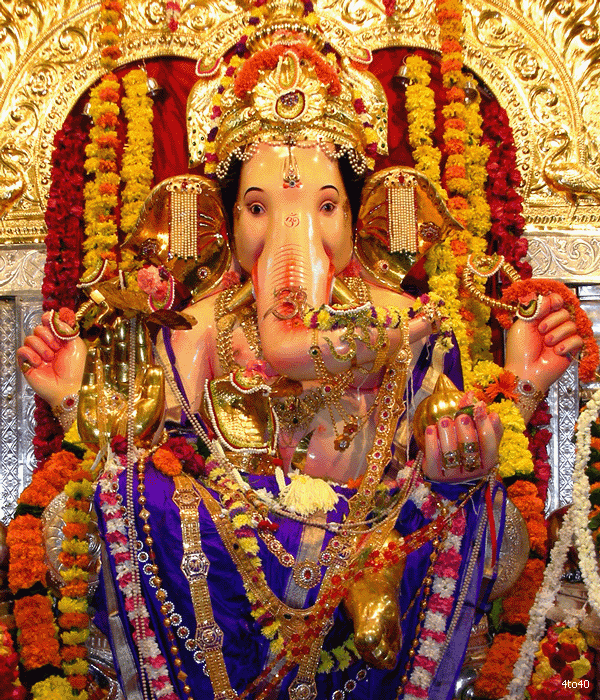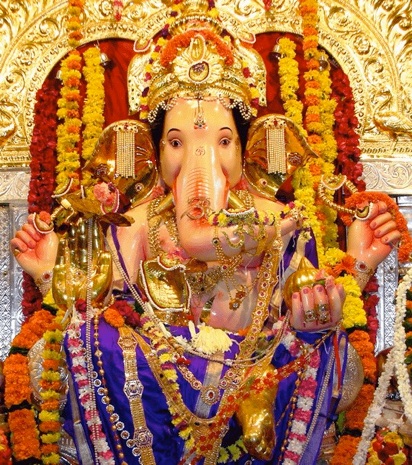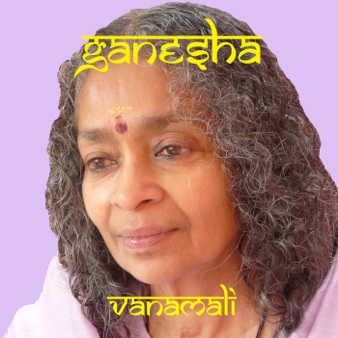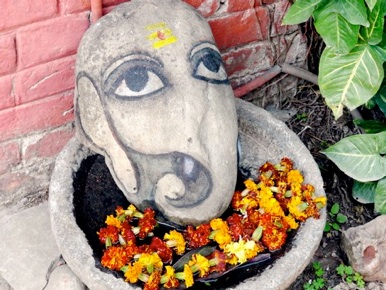Ganesha
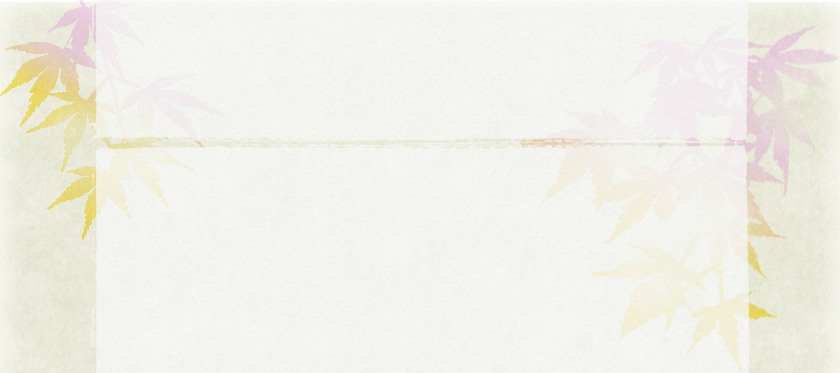
Vanamali Mataji is a contemporary Hindu contemplative, teacher, and author. She lives in a small ashram in Rishikesh, an ancient place of pilgrimage in the foothills of India's holy Himalayas.--
Vanamali Mataji is the author of The Lila Hindu World Heritage Library. Her books include: a translation of the Srimad Bhagavad Gita, Nitya Yoga, a commentary on the Bhagavad Gita, Sri Krishna Lila, Sri Rama Lila, Sri Shiva Lila, Sri Devi Lila, Sri Hanuman Lila, Lilas of the Sons of Shiva, Gurudeva and The Taste Divine. Sri Devi Lila is published in the U.S. as Shakti: Realm of The Divine Mother , Sri Hanuman Lila as Hanuman: The Devotion and Power of The Monkey God. We invite you to visit www.Vanamaliashram.org and enjoy our Pilgrims Guide, Bhagavad Gita Discourses and Book and Music store.
Ganesha - Lilas of the Sons of Shiva’s Ganesha selections are read by Mataji Vanamali. This podcast on Lord Ganesha honors Vinayaka Chaturti which falls on the 23rd of August in 2009. Vinayaka Chaturti (Ganesha Festival) is celebrated as the birthday of Lord Ganesha.
We worship thee O Ganesha!
Who art the unborn, the absolute and the formless,
The essence of bliss, yet beyond bliss.
The indivisible and the infinite,
the Supreme without attributes and desire.
The very form of the transcendental Reality - Brahman-
Sri Ganesha Sthavsam
Ganesh Chaturthi *
“Two to three months prior to Ganesh Chaturthi life-like clay models of Lord Ganesha are made for sale by specially skilled artisans. Beautifully decorated, they depict Lord Ganesh in varied poses. The size of these statues may vary from 3/4th of an inch to over 25 feet.”
“Ganesh Chaturthi starts with the installation of these Ganesh statues in colorfully decorated homes and specially erected temporary structures mantapas (pandals) in every locality. The pandals are erected by the people or a specific society or locality or group by collecting monetary contributions. The mantapas are decorated specially for the festival, either by using decorative items like flower garlands, lights, etc or are theme based decorations, which depict religious themes or current events. The statues are worshiped with families and friends.
The priest, usually clad in red silk dhoti and shawl, then invokes life into the statue amidst the chanting of mantras. This ritual is the Pranapratishhtha. After this the ritual called as Shhodashopachara (16 ways of paying tribute) follows. Coconut, jaggery, 21 modakas, 21 durva (trefoil) blades of grass and red flowers are offered. The statue is anointed with red unguent, typically made of kumkum Sandalwood paste . Throughout the ceremony, Vedic hymns from the Rig Veda, the Ganapati Atharva Shirsha Upanishad, and the Ganesha stotra from the Narada Purana are chanted.
For 10 days, from Bhadrapad Shudh Chaturthi to the Ananta Chaturdashi, Ganesha is worshipped. On the 11th day, the statue is taken through the streets in a procession accompanied with dancing, singing, and fanfare to be immersed in a river or the sea symbolizing a ritual see-off of the Lord in his journey towards his abode in Kailash while taking away with him the misfortunes of his devotees. All join in this final procession shouting "Ganapathi Bappa Morya, Purchya Varshi Laukar ya" (O father Ganesha, come again early next year). After the final offering of coconuts, flowers and camphor is made, people carry the statue to the river to immerse it.”
*Ganesh Chaturthi copy & Images from Wikipedia, the free encyclopedia
* Five-faced Ganesha illustration done in ancient Kerala mural style using only vegetable dyes by K. Suresh.
